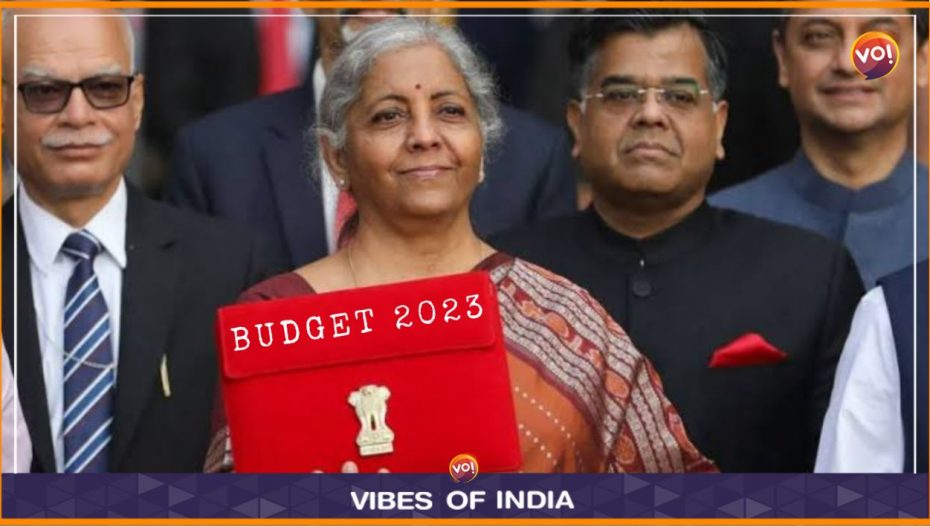The Indian government presented its Union Budget 2023 on Thursday, with Finance Minister Nirmala Sitharaman announcing significant changes to the income tax regime and increased allocations for health, education, and rural projects. The budget aims to reduce the fiscal deficit while supporting an economy affected by the global slowdown.
In a move aimed at providing relief to the middle class, the Finance Minister introduced a new tax regime that will become the default option. Under the new regime, individuals with an annual income of up to Rs 7.5 lakh will not have to pay any tax. The highest surcharge rate has been reduced from 37% to 25%. Capital gains deductions on investments in residential houses have been capped at Rs 10 crore.
The budget also provides a boost to the country’s railway sector, with the highest allocation ever at Rs 2.4 lakh crore for FY24. The allocation is nearly nine times the amount allocated in FY14. The government is expected to address public expectations, such as controlling train ticket prices and increasing the number of trains.
The economic survey projects a growth of 6% to 6.8% YoY next fiscal year, down from 7% for the current year, with the country at risk from the global slowdown.
While the budget has received mixed reactions, the Finance Minister emphasized her commitment to addressing the pressures faced by the middle class, who have been hit hard by rising food and fuel prices. The budget’s reforms and increased spending aim to support the country’s economic growth and development.
What gets cheaper:
Cheaper
Mobile phones
TV
Lab-grown diamonds
Shrimp feed
Machinery for lithium-ion batteries
Raw materials for the EV industry
What gets Costlier:
Cigarettes
Silver
Compounded rubber
Imitation Jewellery
Articles made from gold bars
Imported bicycles and toys
Imported kitchen electric chimney
Imported luxury cars and EVs
Also Read: Four Kashmiri Youths Detained Near Narendra Modi Stadium In Ahmedabad













